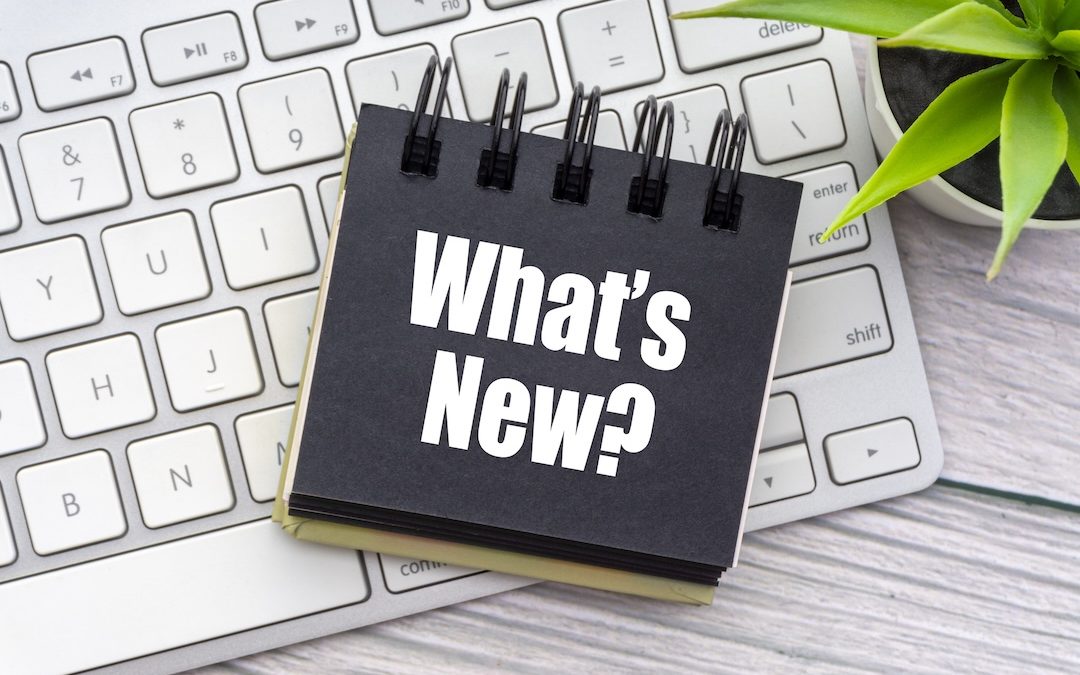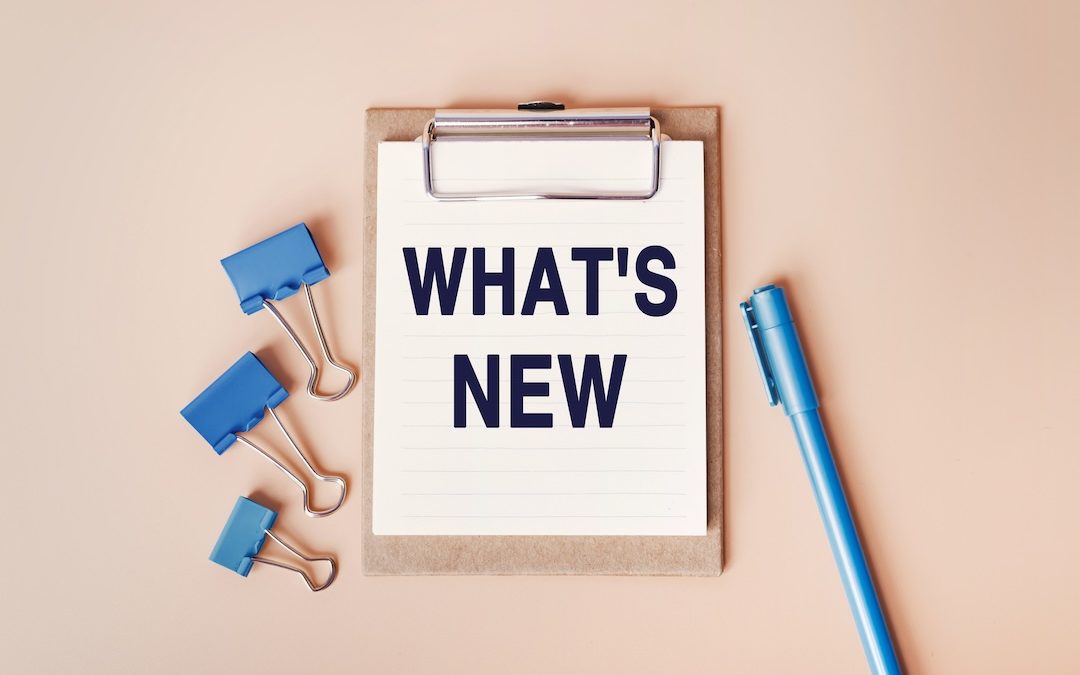Hubspot is a powerful, flexible tool if your business wants deep data insights.
The HubSpot CRM platform lets you see all of your data in one place, making it easy to get a full picture of business performance on the fly. It also allows you to easily integrate some of your favorite apps without any of the headaches of plugin management to measure, monitor, and report on all of your most important data right within HubSpot.
In this blog, you will learn how to effectively collate, analyze, and interpret complex data sets to drive growth and increase revenue for your business. To make the information more digestible, the blog will be split into two parts. The first part will cover the theoretical concepts, while the second part will focus on implementing these concepts using HubSpot.
Why You Need A Data-Driven Business
Data affects your entire organization. Whether it’s cultivating leads, caring for customers, or even communicating internally, with effective data analysis you can implement better commercial strategies across the board.
At its core, data-driven decision-making means making judgments based on information rather than intuition, assumptions, or disjointed observation. Done well, it can allow you to anticipate what your customers need before they even ask.
And what business wouldn’t benefit from being able to see into the future?
Predicting customer behavior enables you to offer a frictionless buying journey. Which means, you’ll be adding value to every interaction. The delight customers feel when a business delivers that level of satisfaction will not only keep them coming back for more, it will also turn them into an army of mini-marketers spreading the good word about your service. Can you afford to turn down free marketing?
“HubSpot research has shown that 77% of consumers shared positive experiences with their friends on social media or on review sites.”
Small-to-medium sized businesses report that word of mouth (including social media) is their single best source of referrals. But at the same time, failing to thrill your customers can be disastrous.
“94% of consumers have discontinued communications with a company because of irrelevant promotions or messaging.”
With so much at stake, you can’t count on your gut or guesswork to keep your customers happy. The more data you have, the more certain you can be in your decision making.
With information about your target audiences readily available, it’s possible to personalize and optimize at every stage of the customer journey. Everything from behavior prediction, best-fit prospects, user research, beta testing, surveying support channels, industry trends, and more can all be researched, analyzed and acted upon, if you know what to look for.
But collecting data doesn’t have to be complicated. Sometimes data is right there, just waiting to be noticed. For example, on its way to becoming the world’s most popular music festival, Coachella used data from its online message board to figure out who were the most talked about acts amongst its most enthusiastic consumers. It would then use this information to help decide which performers to book at future festivals.
As Coachella grew and technology evolved, the festival created an app that allowed users to select the artists on the lineup they were most excited to see. Coachella then used the data gathered from the app to help it decide which acts should perform later in the day when more fans were there to enjoy them.
By unobtrusively gathering data from its customers using voluntary platforms, the festival organizers were able to create the best possible customer experience.
No wonder it’s become one of the most famous music events in the world.
This level of data-driven, user-centered approach is at the heart of inbound and crm-powered marketing. Inbound marketing meets customers wherever they are and offers engaging, valuable information to suit their needs.
HubSpot visualizes this business model like a flywheel, with the core activities of attracting, engaging and delighting the prospect at every stage of their journey. Any forces that make the flywheel spin faster, like investing in strategies that acquire and retain customers, increase momentum and growth. Any friction created, for example, when handing off customers between teams, can cause you to lose steam.
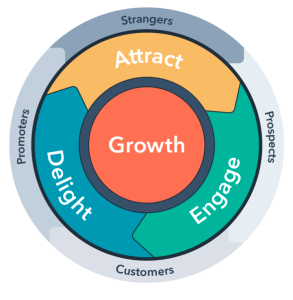
Let’s re-examine the Coachella example through the lens of inbound marketing and the flywheel model.
First, the festival attracted customers by creating an active online community of music fans looking for a place to talk about the music they love.
Next, it engaged those fans by offering a festival full of the same music they talked about online.
And finally, it delighted attendees by creating the best possible experience at the festival using more data it got from those same customers.
What can we learn from this example? Building a company around data means establishing a culture where people are not only driven by results but also driven by learning. This means teams that are not only looking to adapt, but also to innovate around the needs of the customer.
Understanding your data
Data literacy is the ability to collect, read, manage, write, communicate and visualize data. It means being able to find, make sense of, and present back data in a way that tells a cohesive story underpinned by objective truth, not subjective opinion. Not only that, but businesses with a single source of truth also find it easier to collect and collate valuable data to maximize business insight.
It’s important to mention that good data is clean data. Maintaining databases and ensuring information is accurate will help you build reports that are always up-to-date and reliable. This is the key to deploying automation that is personalized with confidence.
Well managed data accurately transformed into visual reports allows every stakeholder in your business to see the information they need to improve their small corner of the world. It also allows them to ensure they see the bigger picture and don’t make detrimental decisions in information silos.
The great news for you is most people end their data journey here. They fail to take the next crucial step and use the information they have to drive meaningful, growth-fueled change. They see reports as a tool to explain what happened without fully understanding their power to let you see into the future and predict behavior.
But you’re different…
Data management model: DIKW
The model or DIKW pyramid is an often-used method, with roots in knowledge management, to explain the ways we move from data (the ‘D’) to information (I), knowledge (K) and wisdom (W) with a component of actions and decisions.
Essentially, that’s what we do in digital transformation. And with Industry 4.0, IoT and AI/ML the decisions/actions can also be (semi-)autonomous (although everything depends on the nature and purpose of the data).
DIKW is a model to look at various ways of extracting insights and value from all sorts of data: big data, small data, smart data, fast data, slow data, unstructured data, it doesn’t matter; we want outcomes, the ‘actionable intelligence’. The DIKW model is also often depicted as a hierarchical model as seen below:
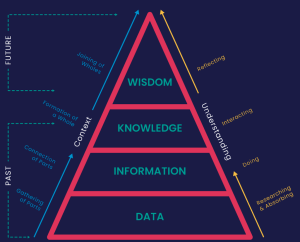
The DIKW process of transforming data into wisdom can be seen from two different angles: context and understanding.
In context, one moves from a phase of gathering parts (data), the connection of parts (information), formation of a whole (knowledge) and joining of wholes (wisdom).
In understanding, the DIKW hierarchy can also be seen as a process starting with researching, absorbing, doing, interacting, and reflecting.
These steps fluidly connect the DIKW hierarchy, no step is linked to a particular DIKW step. The DIKW hierarchy can also be regarded in terms of time. The data, information and knowledge levels are based on the past while the final step – wisdom – looks toward the future.
- Data – Logging, records, measurements, etc. are all data. And since data is a mass and includes many things, it needs to be contextualized to make sense: data alone does not provide meaningful results.
- Information – Let’s consider that one million subscribers use the SMS service of a telecom operator in the United States. Alone, the one million tells us nothing other than a volume. Why? When? How? These are the questions that still need to be answered IF that data set is to become useful. For example, if one million SMS service users are analyzed, it could be found eight hundred thousand users using this service are in the 15-25 age range with 80% using the service between seven pm to eleven pm in the evening. And if you take it one step further and also work out that 90% of these users use SMS service when there is no internet connection on their cell phone, things start to get interesting. The analyzed data becomes information.
- Knowledge – The third level in the DIKW hierarchy is Knowledge. The Knowledge step aims to answer the How? question. Specific measures are identified and the information gained in the previous step is used to answer questions based on these measures, such as ‘How do teenagers use SMS services?’
- Wisdom – The fourth and last step in the DIKW hierarchy is Wisdom. At the Wisdom stage, the knowledge found in the previous step is applied and implemented. Wisdom is the top-level reached in the DIKW hierarchy and answers the ‘Why?’ question.
If we consider our example scenario, an example of wisdom gained might be that 95% of the SMS service users use this service for short communication when they do not wait for a response from the other party. For instance, when a user wants to say goodnight to another party, or if someone arrives at the meeting point and seeks to notify another person, etc.
As you see, starting from the usage data of the SMS service from the beginning, we processed the data in the Information and Knowledge stages, and we found at the Wisdom step that most of the SMS users use this service for short communication with the other party. This is an example of how an IT service provider used the DIKW hierarchy as a model to convert data into actionable results based on wisdom.
Insight And Actionable Steps From Data
To gather useful insights from data, you need clear reports displayed in an easy to understand format.
Once your data has been collated and sorted into a clear pattern (such as a graph), you’ll need to put this data into context and explain what’s happening. Look at a graph and see 5 good days where you get 200 form submissions and then 2 poor days where you see below 20 form submissions. The context you need is to find out which days the bad days are – are these weekends? Mid-week? What correlation is there between product usage and these days? Add context to your data visualisation before you can interpret the data and turn it into insight or wisdom.
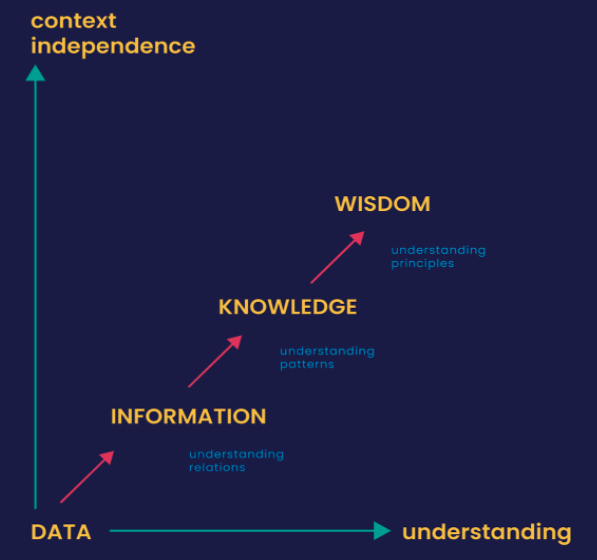
Storytelling & data
When presenting data, you need to keep in mind that a bunch of graphs tossed onto a dashboard do not necessarily make a good story. Data visualiztion and the way you layout your data will help you weave together a story that helps tell a meaningful story.
Using data to tell a story is about sharing the reason why results occurred and weaving in context to the information you are sharing. It isn’t about telling a narrative that suits your objective but rather adding context to your results in such a way that the information you’ve gathered provides actionable insights and meaningfully drives your business forward.
Poor results should be presented in context and with the hope of finding a way to either mitigate this in future or to understand what happened. Using the DIKW model, you could share the results, what has happened at the time or what factors affected this result and then share insights regarding future actions that you could act on due to these insights.
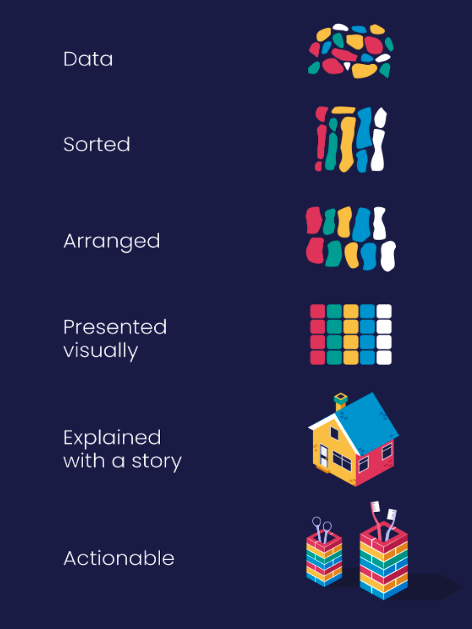
Alright, let’s move on from the theory for now. Take some time to process this information before we release the second part of the blog, which will focus on implementing this theory in HubSpot.
Want to be notified when the second part comes out? Register to our LinkedIn Newsletter here.






